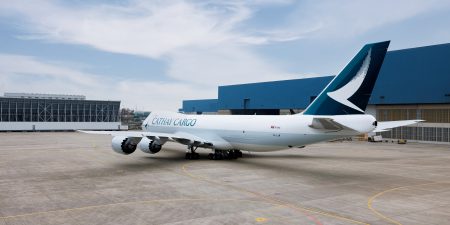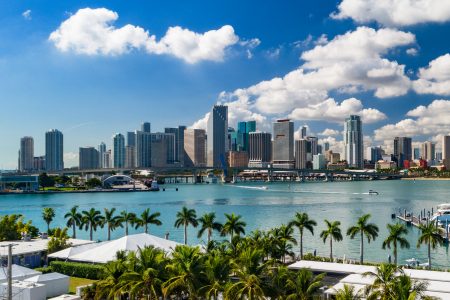Miami: the southernmost point of the US to be served by Cathay Pacific. It’s a freighter-only port for the airline, but a vital one – not without reason is Miami (MIA) known as ‘The Gateway to the Americas’. Cathay Cargo Area Manager Florida and Latin America Camilo Gallo knows this intimately: he coordinates and channels cargo from Central and South America via MIA but also via any Cathay Cargo online port– for its journey to Hong Kong and beyond.
In Miami, Gallo leads a team of seven he calls the ‘Cathay pure bloods’ because they work exclusively for Cathay, liaising with third-party general sales agents across the offline regions – those ports where Cathay does not fly directly. ‘These agents are our extended arm, reaching our customers in the regions where we don’t operate allowing us to be as customer-centric as possible,’ he explains.
Key to this is a network of regional interline airline partners that also reach the parts that Cathay does not get to with its own metal. These include Avianca, LATAM, Amerijet, DHL Aviation and more. Their networks are why Gallo and his team can feed Cathay ports beyond Miami – as many as 11 Cathay ports across the pre-pandemic network, across the Americas and also across the Atlantic in London and Rome, and even in one instance from Brazil to Johannesburg, which rejoins the Cathay network this summer.
Keeping cargo moving in the pandemic
That extensive interline network is also why, during the most challenging periods of the pandemic, Gallo was able to keep air cargo moving using the innovation that is central to the team’s success. ‘In 2020, we were effectively a network carrier that had lost its network,’ he says. ‘We had to reinvent ourselves, but that’s something you have to do all the time when you’re offline. We need to be creative because we don't have our own flights. We have to work with different partners, use different routes and different points of connection.’




